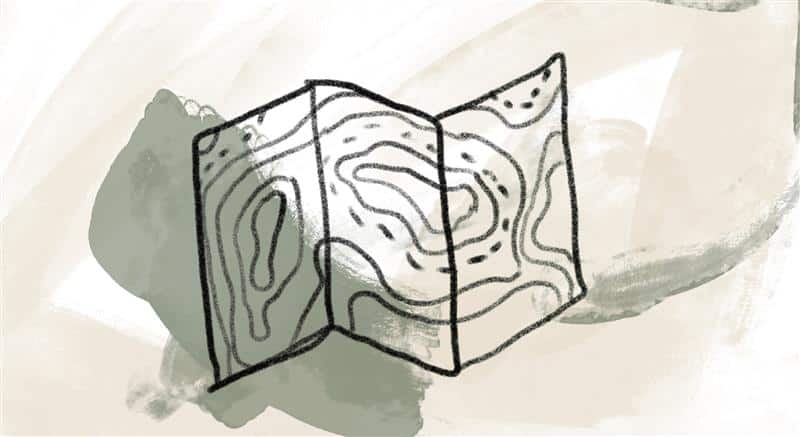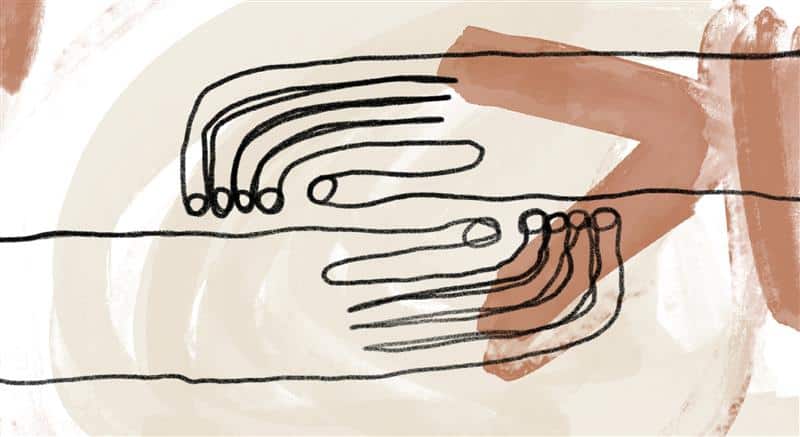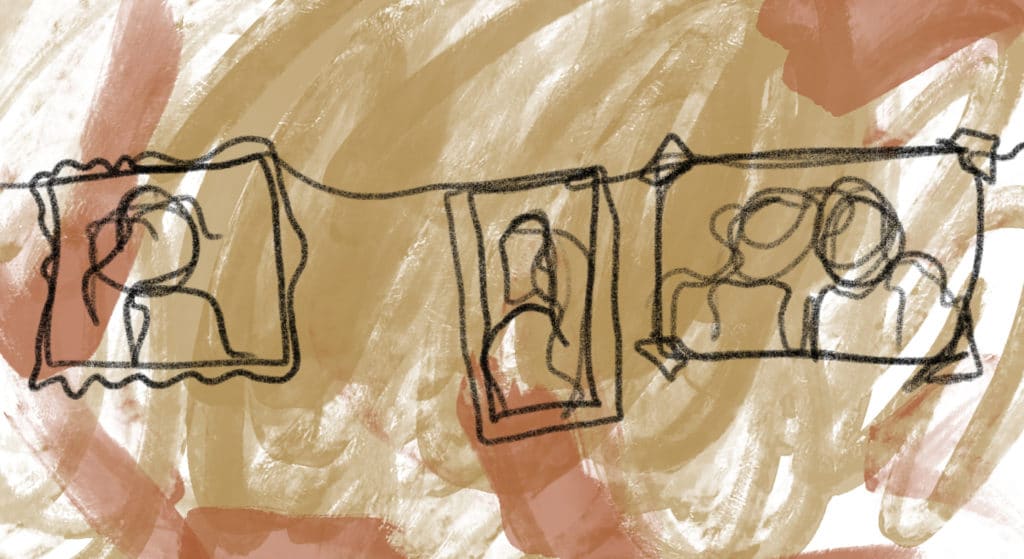
Sunday
Since the desert monks were often formally uneducated, they told stories, much as Jesus did, to teach about ego, love, virtue, surrender, peace, divine union, and inner freedom. It is a unique window into how Jesus was first understood, before the church became an imperial, highly organized, competitive religion.
—Richard Rohr
Monday
When people say that contemplation or centering prayer is something new, just point them back to the desert traditions.
—Richard Rohr
Tuesday
Today’s wilderness can be found in bustling suburban and urban centers, on death row, in homeless shelters in the middle of the night, in the eyes of a hospice patient, and in the desperation of AIDS orphans in Africa and around the world. Perhaps these are the postmodern desert mothers and fathers.
—Barbara Holmes
Wednesday
The desert is a place of spiritual revolution, not of personal retreat. It is a place of inner protest, not outward peace. It is a place of deep encounter, not of superficial escape. It is a place of repentance, not recuperation. Living in the desert does not mean living without people; it means living for God.
—John Chryssavgis
Thursday
The desert mystic’s cell was a sacred space, a place in which a woman could be with herself and the divine Presence and listen. The cell was a place of divine encounter and of ongoing, daily experience of being immersed in God’s presence.
—Mary Earle
Friday
Jesus has gone into the desert for forty days for his own initiation, as it were, and the gospel story is a beautiful telling of the demons we all have to face to grow up, to become mature.
—Richard Rohr
Chanting Psalms
CAC faculty emerita Cynthia Bourgeault has long embraced chanting psalms as a powerful, embodied spiritual practice. She describes how this practice first emerged from the desert monks of early Christianity:
The usual pattern was to recite the psalms (from memory, of course, since both texts and the ability to read them were the exception rather than the rule) interspersed with some simple work such as the plaiting of rope. Depending on the particular form of monastic organization (hermit, skete, or monastery), this solitary psalmody might be augmented by periodic community worship, where the psalms would again be proclaimed as part of the liturgical celebration. There is a strong living memory within later monastic tradition that these early monks recited all 150 psalms in a day. While this may be an exaggeration, it does suggest that the core spiritual practice was a more or less continuous recitation of the psalms during the waking hours. Reciting the psalms was almost as regular as breathing. We know that the manner of this recitation probably involved a form of chanting because of a specific comment made by the desert father Evagrius (345–400): “It is a great thing to pray without distraction but to chant psalms without distraction is even greater.” [1] …
Within these earliest monastic traditions, then, the psalms—whether chanted alone or in the assembly—formed the basis not only for celebration and proclamation, but for an entrance into contemplative prayer and the work of inner transformation by focusing the mind within the words of the psalm. They became the chief building blocks through which anamnesis, living memory, was attained and maintained.
References:
[1] Evagrius, in The Desert Christian: Sayings of the Desert Fathers: The Alphabetical Collection, trans. Benedicta Ward (New York: Macmillan, 1980), 64.
Cynthia Bourgeault, Chanting the Psalms (Boston, MA: New Seeds Books, 2006), 20–21.
To learn about multiple ecumenical and contemporary forms of chant, visit https://wisdomwaypoints.org/chant/
Image credit: A path from one week to the next—Jenna Keiper, Taos Snow. Benjamin Yazza, Untitled 2, used with permission. Les Argonauts, Camino de Santiago, Unsplash. Click here to enlarge image.
In the midst of thorns, the mystic watches, waits and receives.




